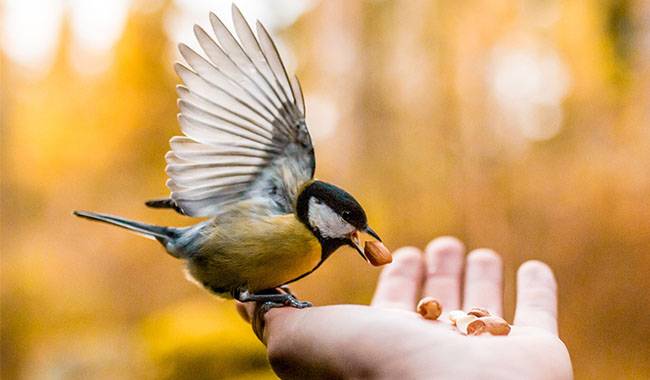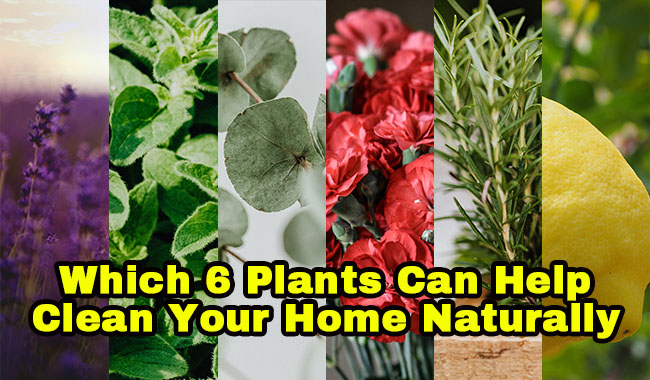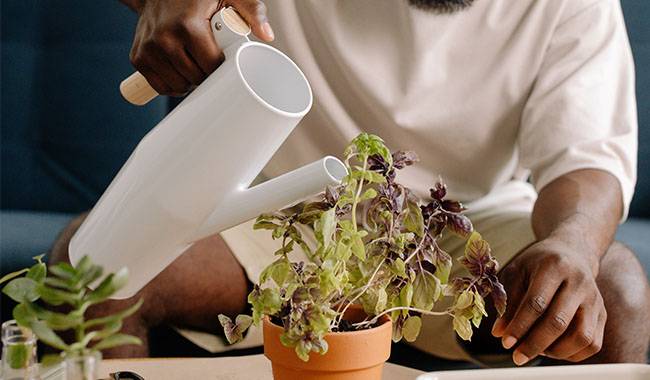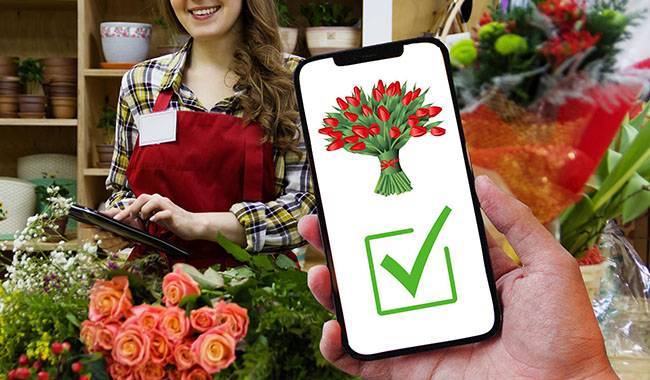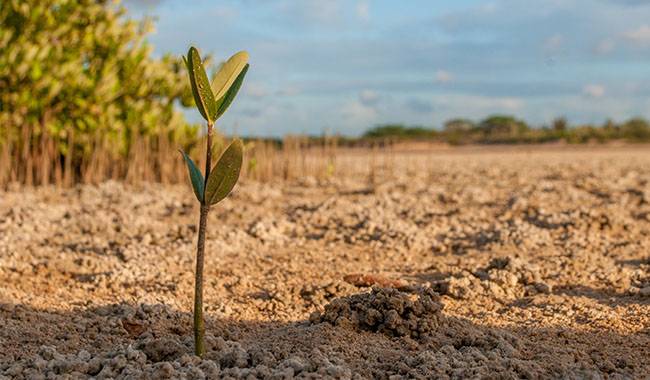
First-time gardeners often ask, “Do I have to grow my own seedlings, or is it easier to buy them at the market? To which an experienced gardener might reply, “Without a doubt, you should!” This confidence stems from the experience we have gained over the years and the desire to see the best plants on our plots. There’s also the fact that the season starts earlier, which makes us even more eager to “dig in”. I’ll tell you why it’s worth growing your own seedlings in this ThumbGarden article.
Usually, we grow tomatoes, cucumbers, peppers, eggplants, zucchini, and nutmegs by raising seedlings. The rest of the crops are simply sown in the open. However, onions, herbs, and peas can also be planted as seedlings. Cultivated through seedlings of basil, celery, mint, sumac, parsley, and many other cultures, today there are about 180 of them! The number of these seedlings is very large. It is easier to list those that are not grown through seedlings.
Sunflowers, radishes, carrots, beet, and potatoes are usually not grown through seedlings. The usual room conditions are also not particularly suitable for growing cabbage shoots.
However, even here there are some artisans. The temperature regime for cabbage seedlings during the day should be within the following parameters: 64 °F (18-20 °C) before germination, 42-50 °F (6-10 °C) from germination to the first leaves, and 46-50 °F (8-10 °C) at night, otherwise, the plants will pull out. Refrigerators can help with this problem by keeping the seedlings in the refrigerator overnight.
To prevent the germination of radish seedlings after transplanting to the open ground, seeds of varieties that do not germinate easily should be sown. They are sown in fine mesh boxes or egg cartons and are also kept at 41-50°F (5-10°C).
Potatoes are cut into wedges and germinated in the cups. However, do not attempt to grow carrots as seedlings. If the central root is damaged during transplanting, it will produce ugly fruit. And it is impossible not to damage it because it will soon reach the bottom of the pot.
Young sunflower shoots can withstand light frosts well, so it makes no sense at all to grow sunflowers through seedlings. So, what makes experienced gardeners start the gardening season by sowing seedlings in winter?
1. Early harvest
The main reason experienced gardeners recommend planting seedlings is the possibility of an earlier harvest. Plants start their growing season indoors when outdoor conditions are not yet suitable, develop to a certain stage, and when the weather warms up, they are transplanted to greenhouses or open fields and start flowering and fruiting in a short time. In this way, they are harvested 2-3 weeks earlier than if they were sown directly in the bed.
This factor is especially important in areas with short summers when most crops have little time to mature during the warm summer months. Growing cucumbers, tomatoes, herbs, and other vegetables through sprouts not only gives you a “quick” harvest but also extends the growing season of the plants. This means more fruit!
2. Variety
A second very important benefit of having your own seedlings is the ability to grow exactly the varieties you are interested in, rather than those offered by the local seedling market where varieties are usually very scarce. Modern breeding companies and numerous collectors of tomatoes, cucurbits, and various exotic species now offer a variety of familiar vegetable crops and exotic species. And all of these can be grown in your vegetable garden if you sow seedlings.
3. A chance to find your own, better
Experienced gardeners build their crop collections precisely through trial and error, annual trials, and selecting the best varieties. By trying different varieties on their plots, they not only have the opportunity to grow unique products not available on the market but also to find those vegetable varieties and hybrids they like that grow best in specific conditions – in the available soil, in the local climate, with proper care.
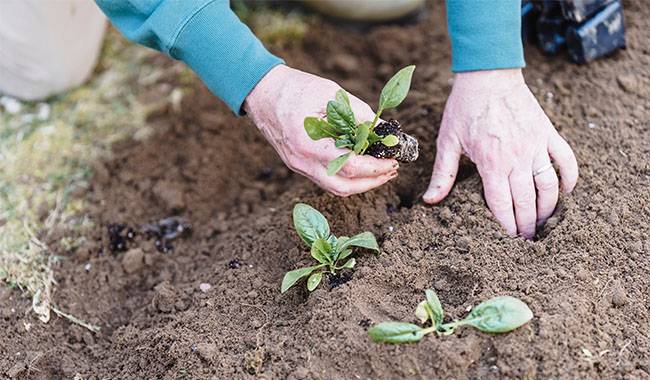
4. Protect valuable varieties
By growing your own seedlings, it is easier to preserve valuable varieties or hybrids that have sparse seeds or do not germinate well in the open air. It is easier to grow plants from very small seeds that require very good soil preparation, watering with a sprayer, and greenhouse conditions.
5. Harvest from a two-year crop
Another major advantage of planting seedlings is that you can get a full two-year crop of plants in the first growing season. These crops include mustard, leeks, thyme, parsley, celery, and a range of flowering crops.
6. Quality of seedlings
The quality of purchased seedlings is often a controversial issue. Many gardeners remember how whiteflies, spider mites, thrips, and nematodes, not to mention various plant diseases, took up residence in their beds along with market-bought tomatoes, cucumbers, strawberries, or flower seedlings.
Not all seedling sellers are self-aware. Inexperienced gardeners may encounter plants with overly dry roots, broken growing points, obvious signs of fungal disease, or even the wrong variety.
7. Cost savings
Seedlings of some crops are quite expensive. This is especially true if you need a large number of plants. By growing these crops yourself, you can get the right amount of planting material at a lower economic cost.
In addition, if your goal is high-quality planting material, you can choose to grow in individual pots (cups), observing the necessary agricultural practices, which give the plants a better potential than potless cultivation.
8. Relatively low seed consumption
When sowing some crops in open spaces, it is recommended to increase the seed rate by 5-15%. This is because not all seeds will take off and some will be weaker and more likely to be discarded. By planting our own seedlings, we reduce seed consumption and have the opportunity to get stronger plants by creating the best conditions for their development.
9. Transplanting in the comfort of open spaces
In order to buy seedlings on the market, we need to set aside some time. And the purchase process itself requires not only financial means but also physical strength. You have to admit that going to the market or garden store during mass planting is a very tedious activity. It is not uncommon for us to return home exhausted and put off planting the plants we bought until tomorrow, which may be a week away.
Plants with closed root systems are only stressed by changing conditions during storage, while seedlings with open root systems are more stressed, get sick after planting, develop less, and are harvested later.
By growing our own seedlings, we are able to grow them at our convenience, saving us the effort of extra travel. We make sure it has been sufficiently hardened. If we transplant from solid plants, we reduce the drying time of the roots and thus get healthier plants.




